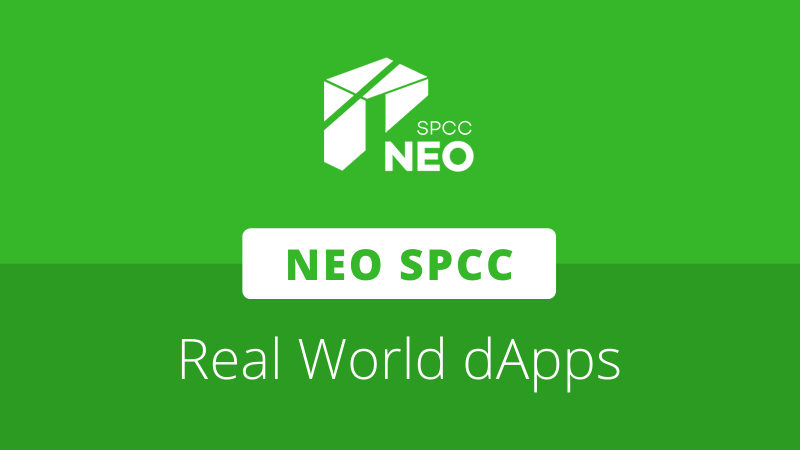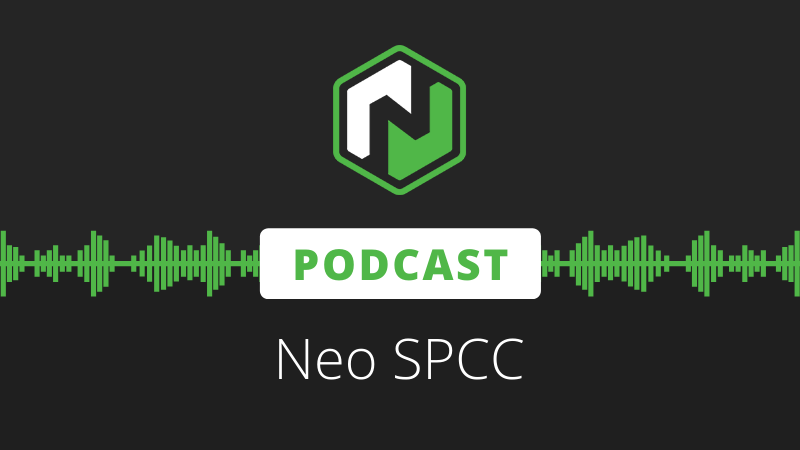
NeoFS aims to be the first decentralized storage network that is properly equipped to handle real world use cases for distributed applications. Whether replacing a traditional web frontend or being used as an off-chain data layer for a Neo smart contract, NeoFS seeks to prove that decentralized systems can be scalable and reliable enough for usage in production.
In episode 56 of the NNT podcast, Stanislav Bogatyrev, Neo SPCC CIO, introduced listeners to the distributed storage network, how it natively integrates with the Neo blockchain, and the benefits behind the various design decisions of NeoFS.
Development of NeoFS was driven by Neo SPCC’s ambition to build a truly decentralized system that could solve tasks that are mostly solved in a centralized manner. After reviewing other storage solutions, the team found that none could meet the full range of requirements, and so set out to create a suitable system from scratch.
As an example of one of these absent requirements, Bogatyrev points at the lack of privacy over who can access an uploaded piece of data.
“Most of [the networks] were just completely public, meaning all data was accessible by everyone. And they didn’t have any control over users data, [they] just take some data, push it to the storage network, and you do not know where the data will be stored or who will access it. We wanted to have those things addressed.”
Unlike many competing networks, storage on NeoFS is not a black box—users always retain full control over their data. They can restrict which storage nodes may store their data, for example by geographic location or hard drive type, and set up custom access control lists to whitelist certain entities, grant full public access, or lock content down entirely.
Scalability is another key aspect. Bogatyrev noted the inability for many decentralized storage networks to take full advantage of enterprise-grade hardware. In NeoFS, even users with commodity storage devices can join the network in return for GAS incentives. That said, the network’s storage engine has been designed to make full use of the power provided by more high performance hardware.
Neo SPCC envisions a diverse range of use cases for the network. In its current form, NeoFS is already capable of being used to stream pre-recorded video, serve static websites, or host backups for data disaster recovery schemes. With its granular data placement rules and the ability to geolocate gateways, application developers can even build their own custom CDNs for fast delivery to users.
The team remains intent to keep moving forward. While participating in the Neo Frontier Launchpad, Bogatyrev and others have hosted workshops and fielded questions regarding the integration of applications with NeoFS and the development of smart contracts that use off-chain data. As the first generation of builders begin to familiarize themselves with its possibilities, Neo SPCC eyes the future of decentralized applications.
“There are a lot of things still to do in NeoFS, in the optimization of the storage engine for example. We have many features planned for the post-MainNet release, [such as those] for working with mutable data. The general direction is to build a true cloud platform that will allow [developers] to build real world applications in a decentralized setting.”
The full interview can be found below:








About The Author: Brett Rhodes
Brett is a blockchain enthusiast and freelance writer who originally began producing content for the gaming & eSports industries. Now he spends most of his time contributing in the Neo ecosystem.
More posts by Brett Rhodes